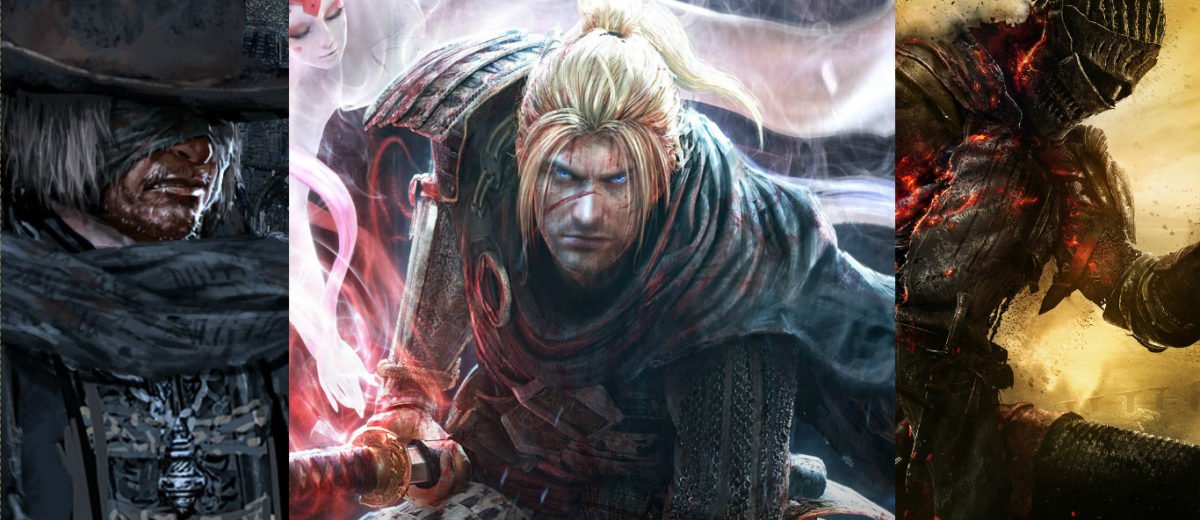Whether you have played through them or not, it’s impossible to deny how major an effect From Software’s Souls games have had on modern gaming. Growing from a niche title like Demon Souls into the massive blockbusters of Dark Souls III and Bloodborne, From Software has carved out its own genre and redefined hardcore gaming. The latest title to follow in the same mind-numbingly difficult footsteps is Team Ninja’s Nioh, a hack-and-slash samurai game that takes more than a few cues from the Souls series.
Despite the similarities, Nioh manages to change up the formula just enough to offer something new and, arguably, better crafted than it’s inspiration. And it all starts with the beginning of the game. In its opening hours, instead of offering players a brick wall to gleefully run into until it breaks, Nioh eases players into the challenge. The introduction to Team Ninja’s brutal world makes the eventual difficulty a fun progression instead of an immediate grind, making the game as a whole better for it. Far from being just a “Dark Souls clone,” Nioh might better be understood as the refinement to the formula that the rest of us have been waiting for.
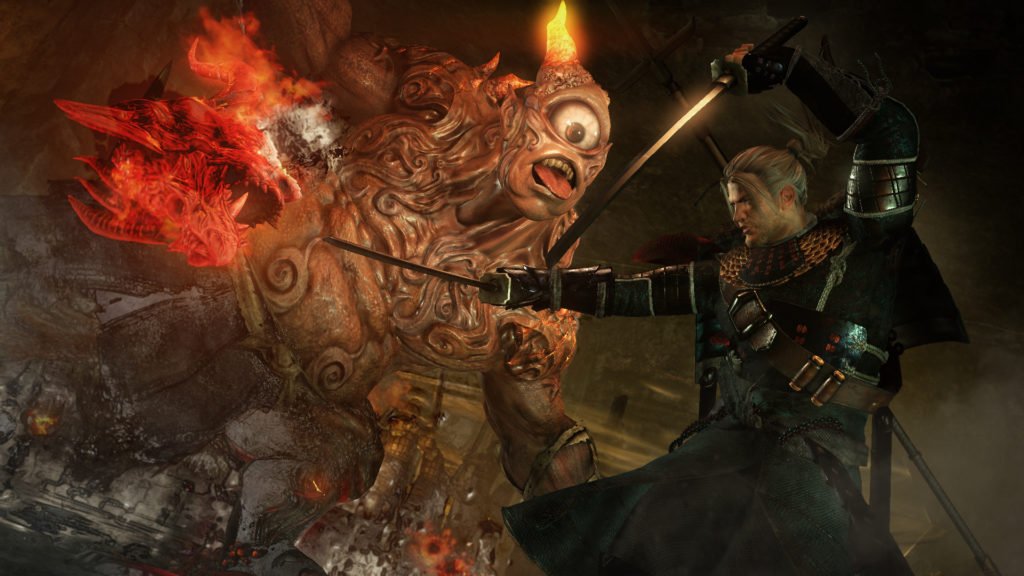
There is no doubt that the Souls games are among some of the best designed titles in years. And despite their difficulty, they have managed to pull in plenty of gamers. Dark Souls III broke multiple sales records for Bandai Namco, becoming the publisher’s fastest selling title ever. And it was roughly nine months ago now that the company announced the game had passed the 3 million sales mark, a respectable number for any title, let alone for one in a niche, hardcore genre.
But for all their successes, and exquisite design, the truth is the Souls games turn away just as many people as they hook. Is it because a substantial portion of gamers just don’t like hard games? It’s doubtful. There is nothing wrong with challenge. Instead, it comes down to how that challenge is presented.
When it comes to the Souls games, the challenge is front and center. The brutality is the entire franchise’s claim to fame. From the moment each title starts off, you’re in hot water. Not only is it do-or-die, but also the finer mechanics, the items you find, and the game worlds themselves are just as obscure and tantalizingly vague as the narrative. With each release, Reddit explodes as the community discovers how to play the game. It’s a special sense of mystery and camaraderie seldom found elsewhere in games. But for all those not already in the community, it’s just one more reason to not bother.
Back when Bloodborne first released, IGN’s Executive Reviews Editor Dan Stapleton wrote a piece entitled “How and Why Bloodborne Lost Me.” As a new player to the Souls games, but persuaded by the community’s excitement in the run up to From Software’s latest, he buckled down and decided to give Bloodborne a real try. After spending roughly a dozen hours muscling through the opening area over and over, and finally beating the game’s first boss, he explains he had suffered enough: “For me, learning to play Bloodborne was tediously repetitive and very rarely fun.” And overall, “Don’t mistake this for wanting my hand held – it’s more about not having my hand slammed in a car door and being told to like it.”
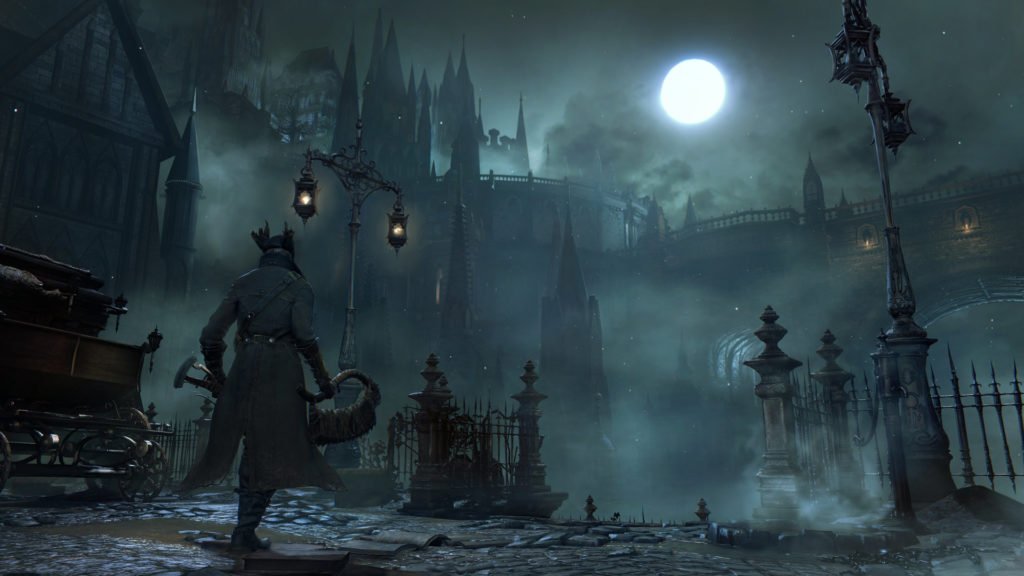
The opening segment of Bloodborne is a punishing, checkpoint-devoid gauntlet that doesn’t even allow you to level up (thus preserving any degree of progress) before reaching the first boss or finding a specific item. As far as first impressions go, it serves as excellent reassurance to fans that Bloodborne will be just as demanding, if not more so, than the rest of the Souls games. But it also serves as an atrocious introduction for anyone not already tempered in the Dark Souls fire.
Though it might be the worst offender of From Software’s modern line-up, Bloodborne certainly isn’t alone. Be it any of the three Dark Souls games, or even going all the way back to the tutorial boss you are meant to lose to in Demon Souls, each is designed to quickly and efficiently throw you into the deep end. For plenty of gamers, there’s no doubt that sink-or-swim mentality is a large part of the series’ charm. But on the other hand, you also have the gamers that look at that and simply decide to walk away.
Just like any form of entertainment competing for people’s attention and money, first impressions are everything in gaming. In 2016 alone, over 300 games received retail releases, and that doesn’t count the booming digital side of the industry, including the tidal wave of indie games on Steam and the other digital marketplaces. If a gamer’s first impression of a title is bad, they probably aren’t coming back. And more than that, they probably aren’t going to think twice about a sequel. There are simply too many great games out there to spend your time with one that isn’t fun, even it might be fun eventually if you just knuckle down and “get good.”
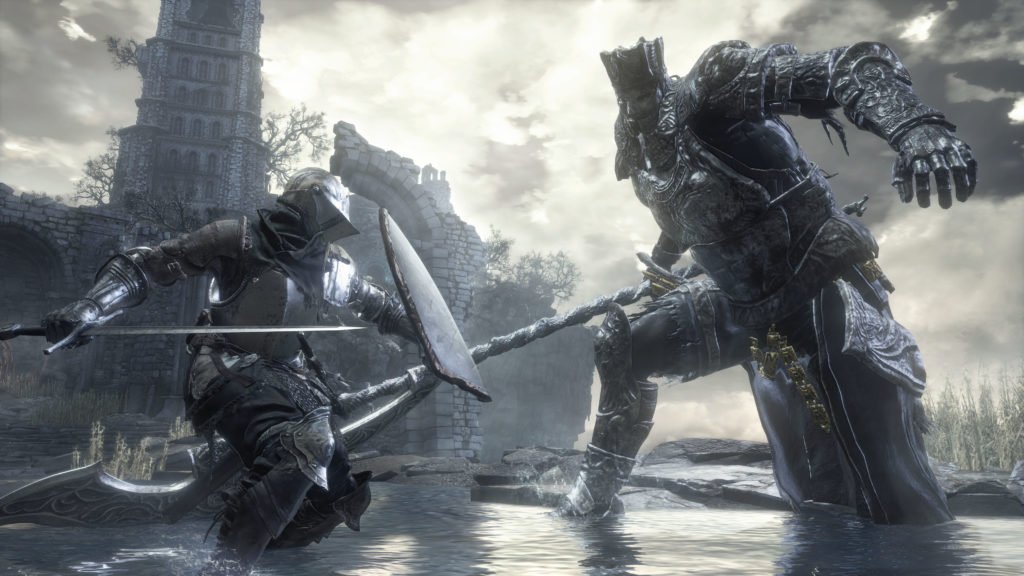
Due to my unique position of covering games, and in no small part due to being surrounded by a number of Souls-fanatics, I’ve pressed myself into picking up and playing all five of From Software’s recent titles over the years. But even as I have soldiered through the opening hours of each, getting several bosses deep in the original Dark Souls in particular, I’ve never gone back, never felt that compulsion to keep playing, and never finished a single one. The easy answer might be that I don’t like hard games, or just happen to be bad at Souls titles. But, just as is likely the case for many other gamers out there, I don’t think that’s the full story.
I don’t usually turn to gaming specifically for the hard-as-nails challenges, I don’t ratchet the difficulty up to 11 just for the fun of it, and, at the end of the day, I am pretty bad at the Souls games. But I still find them intriguing. The aesthetics are hauntingly beautiful, the moment-to-moment combat is engaging, and that intense sense of accomplishment after finally beating seemingly insurmountable odds is as alluring as ever. Instead, it is those pesky first impressions that keep getting in the way. More than just influencing if someone will or will not keep playing a game, first impressions also have a profound affect on your investment, even if you do decide to keep at it.
And that’s the key change that makes all the difference in Nioh. Now several dozen hours into the game, I’ve come face-to-face with the fact that I am enjoying it far more than I did with any of From Software’s titles. Playing the Souls games, and even other Souls-like titles such as Lords of the Fallen, I’ve grown accustomed to a certain pattern. I start off excited, grind through the early hours, and eventually burn out before getting far enough in to ever feel truly proficient or captivated with what the game has to offer. Needless to say, I expected much the same from Nioh, but was promptly proven wrong.

The opening of Nioh has you breaking out of your prison cell in the Tower of London. Putting aside the fact that you start a samurai game in London, a little surprise all its own, a number of small details serve to make the game feel much simpler than it actually is. While the stats and gear system all appear upfront, along with the basics of combat and weapons, the Amrita system (Nioh’s versions of souls), the guardian spirit system, and the entire idea of fighting stances and Ki (stamina) restoration are nowhere to be found.
For all intents and purposes, the first mission of Nioh is an extended tutorial, something that would be blasphemous in a Souls game. Even worse, Team Ninja follows up the Tower of London with the option for an actual tutorial that then explains the elements left out up to that point. But what about the difficulty? What about the bitter, hardcore edge of the game? It’s still there. Following the first mission, the difficulty ramps up fast. Even just into the third or fourth main mission, the comforting Tower of London is a distant, whimsical memory. But its inclusion is still important.
For an experienced Souls player, and someone interested in getting straight to the meat of what Nioh has to offer, the Tower of London can be completed in a matter of minutes. But when I picked up my controller that first night, I spent over an hour exploring every nook and cranny the dark British halls had to offer. And when it came down to the couple of times that an ax-wielding knight decided he’d had enough of my ‘noob’-shenanigans, that was okay.
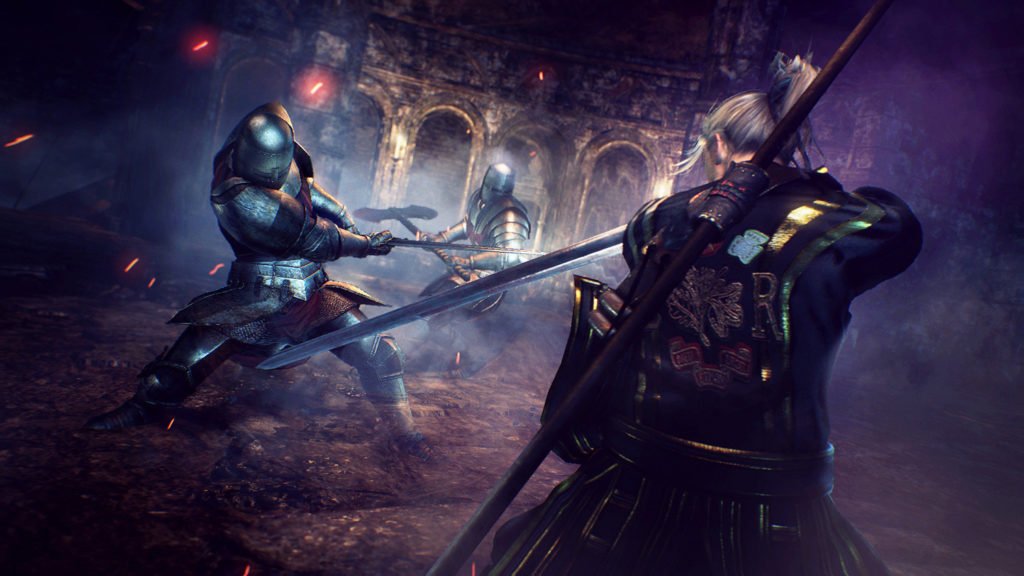
Without the Amrita system, you don’t lose anything when you die in the opening mission. To the contrary, you keep all the gear you collect, and continue to collect more as you make your way back from the last checkpoint. Souls-veterans can speed through the Tower of London, likely without a single death. But for everyone else, it serves as a place where we can experiment, get used to the game, and go toe-to-toe with some lethal enemies, but never feel punished for learning.
And though a small thing, that alone has a remarkable effect on the rest of the game. As the difficulty increases and new mechanics join the fray, even a dozen hours in, it’s an escalation, not of a hurdle blocking the start line. By the end of the second mission, right around where hulking Yokai begin popping up, eager to smash you into the ground for the smallest mistake, I was already hooked. Having progressed in terms of skill, but also in terms of the game itself, by the time the real challenges appear, Nioh has already inspired a greater investment. And when it comes to overcoming the next challenge, and then the one after that, all the way throughout the game, an extra degree of investment is sometimes all it takes.
Anyone can play a hard game. The question is instead if the developer can make the process of learning into something fun on it’s own. Being more accessible in its opening hours, it’s entirely possible Nioh won’t have the same majesty, or inspire the same reverence, as Dark Souls in the long run. But if it can make you fall in love with a genre you never thought was for you, that’s impressive all on it’s own.


